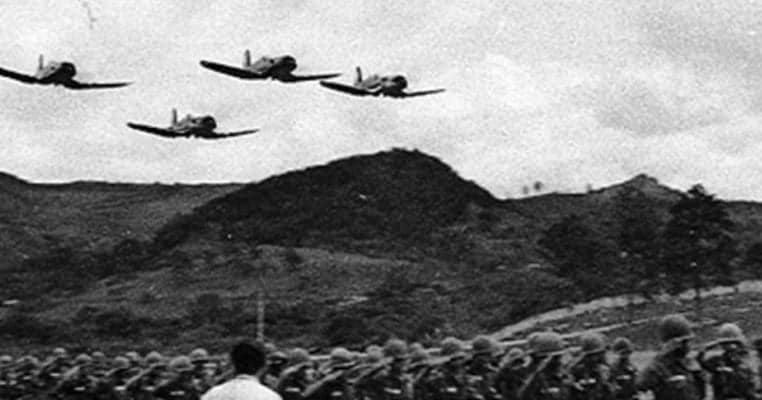“Some people think football is a matter of life and death. I assure you, it’s much more serious than that” – Bill Shankly
In 1969, Salvadoran and Honduran soccer teams met in qualifiers for the 1970 FIFA World Cup. The matches took place during a period of mounting tensions between the two countries, stemming from long standing border disputes, that were further exacerbated by immigration issues and nationalist chauvinism. The games were marred by violence between fans in the stands, and rioting outside, before things boiled over into a war in which thousands were killed, and hundreds of thousands were made homeless refugees.
Damaging knock on effects lasted for years. The border, across which much trade had been conducted, was closed, to the detriment of both countries’ economies. Resettling those displaced by the conflict produced social and economic strains, leading to instability, which flared up into civil war a decade later. Peace was eventually signed, but tensions lingered, and threats of military action were exchanged between the neighboring countries as recently as 2013.

The Background
While the Soccer War was superficially sparked by a soccer match, the underlying tensions ran much deeper. In the 1960s, neighboring Honduras and Salvador were ruled by military juntas, and the dictatorships’ shared values of repression led them to initially get on well with each other, notwithstanding longstanding border disputes. Both countries were part of the Central American Defense Counsel, which aimed to crush left wing movements, and both were members of the Central American Common Market, which reduced trade barriers.
However, both countries experienced a population boom, which steadily strained their resources, societies, and economies. That was especially so for El Salvador, which was one sixth the size of Honduras, but had 40% more people – 3.7 million in 1969, vs Honduras’ 2.6 million. Starting in the early 20th century, many Salvadoran peasants crossed into Honduras, where they farmed unoccupied land. By 1969, there were 300,000 Salvadoran peasants in Honduras – about a fifth of Honduras’ peasant population.
Many Salvadoran peasants in Honduras had cleared their plots and farmed them for decades, across multiple generations. However, most of them had no legal title to the land, which put them in a precarious situation. Most land in Honduras was owned by a small minority of landowners, comprised of wealthy locals and large multinational corporations, such as the American United Fruit Company. Honduras’ major landowners leaned on its dictator, Oswaldo Lopez Arellano, to protect their property rights.

A 1962 land reform law had directed the Honduran government to redistribute land to the peasants. However, the Honduran dictator was keenly aware of a 1954 CIA engineered coup in neighboring Guatemala, which overthrew an elected government that attempted land reforms, which threatened United Fruit’s vast landholdings in that country. Heeding the lesson, Arellano was unwilling to risk his regime by redistributing the lands held by United Fruit and other major Honduran landowners. Instead, Honduran authorities launched an immigration crackdown, and turned to the small plots farmed by Salvadoran immigrants as a source of land for redistribution to Honduran peasants.
The seizures were often arbitrary, making little distinction between Salvadoran squatters and those with legal claims to the land, and paying little heed to their immigration status. Over the generations, many of the Salvadorans in Honduras had married locals, and many of those designated as Salvadorans had been born in Honduras, with at least one Honduran parent. Antiimmigrant nationalist feelings were also whipped up, leading many to scapegoat, discriminate against, and even attack Salvadorans in their midst. Tensions between the neighboring countries were further intensified when thousands of Salvadoran laborers, migrant workers as well as long term settlers, were expelled from Honduras.

